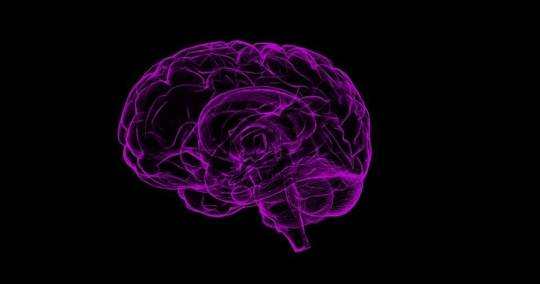One of the conditions that a personal injury lawyer will frequently encounter is traumatic brain injury. While many such injuries will be the result of an accident, they are also seen following athletic injury or even caused by deliberately inflicted actions such as fights or shootings. Since brain injury can lead to permanent disability or even death, damages awarded in these cases can be quite substantial.
A traumatic brain injury is any condition that is due to an outside force that results in an alteration in the normal function of the brain. In the less serious types of traumatic brain injury, there is only a temporary alteration in brain function without changes in the brain tissue itself, such as in mild concussions sustained while participating in sports activities. The more serious brain injuries result in some loss of brain tissue and can result in permanent disability.
Traumatic brain injuries are generally classified according to whether or not there is an open defect in the skin, muscle, and bone of the skull that leaves the brain exposed. These injuries are known as “open” head trauma and are frequently associated with some permanent loss or brain function. The other, and more common, general class of brain injury does not involve exposure of brain tissue and is known as “closed” head trauma.
Open head trauma can result from any external force that is strong enough to 1) lacerate or tear the scalp, 2) fracture the skull, and 3) expose brain tissue to the outside environment. These injuries are associated with a high incidence of disability due to actual destruction of brain tissue and, in most cases, will require surgery to correct skull defects and remove damaged or dead brain tissue.
The consequences of closed-head trauma can range in severity from mild confusion that clears within minutes to a loss of consciousness with rapid progression to coma and even death. In any case that involves a loss of consciousness, the victim should be transported without delay to a medical facility for further evaluation and observation. Failure to promptly transport a symptomatic victim of closed head trauma can lead to a lawsuit alleging negligence by a coach or athletic trainer.
Of particular importance to a personal injury lawyer are the established guidelines for the management of closed head trauma occurring during athletic events, such as those published by the National Athletic Trainers Association. These guidelines include:
- Immediate removal from the activity and prompt evaluation by a medically trained individual
- The injured participant cannot return to the playing field for the duration of the event
- Repeated revaluation until all symptoms have resolved
- If symptoms do not resolve, or worsen, prompt referral and transportation to a medical facility having the equipment necessary (x-ray and/or CT scanner) for a comprehensive diagnostic workup
- The injured party may not participate in training until released to do so by a medically-qualified individual
In order to document their findings after initial and repeat observations of a closed head trauma victim, those performing the evaluations must record their observations on some type of form or checklist that will allow that person to rapidly detect changes that may be of medical significance. If this is not done it may be taken as an indication of negligence or even malpractice.
Traumatic brain injury can be found in participants in sports activities. In many cases, these injuries are self-limiting and will require only observation and conservative management. If there is any doubt as to the victim’s condition, prompt referral to a medical center is mandatory.
If so, a settlement or court-mandated award may be specified for the victim.

